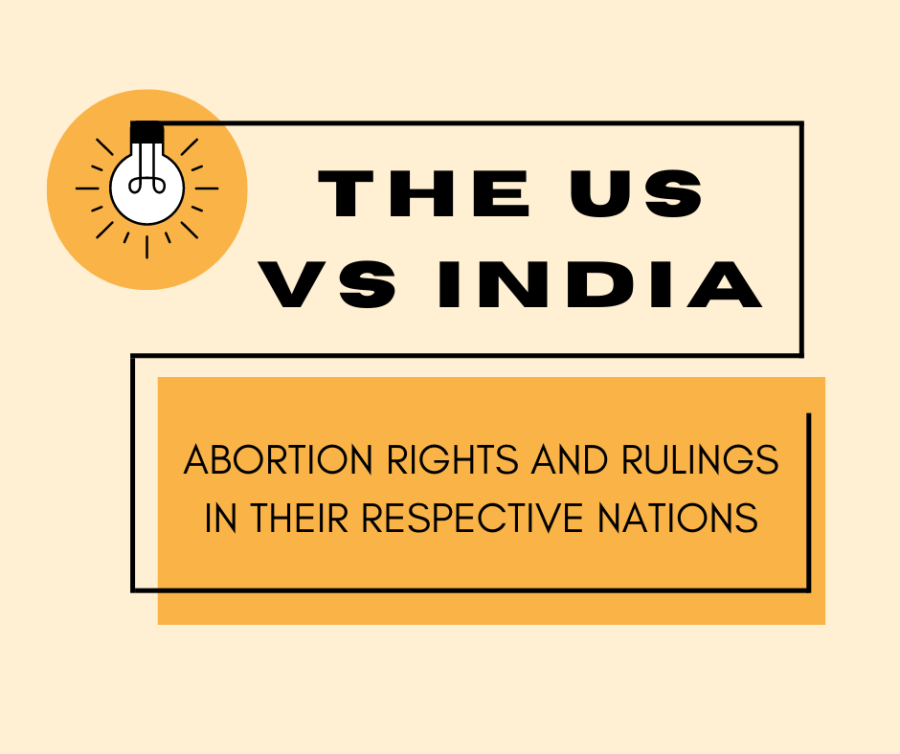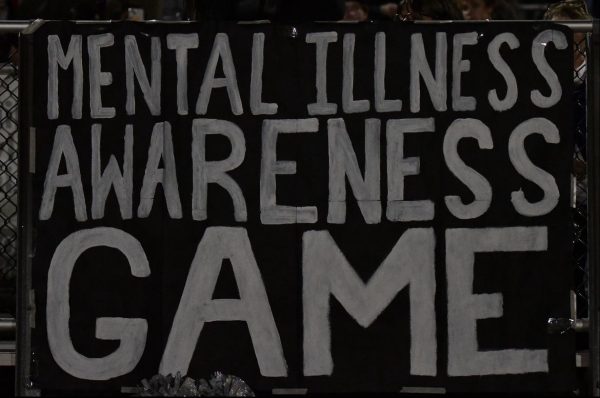Abortion Laws in India v.s The United States
According to the Pew Research Center, around “57% of the adults disapprove of the court’s sweeping decision, including 43% who strongly disapprove. About 41% approve of the court’s decision (25% strongly approve).” Collectively, we can say that the majority of Americans want abortion to be legal, and we have been long aware of that since July.
However, how has one particular country reacted to this? How would this ruling affect them and their stance on what they believe about abortions?
On Thursday, September 29th, India’s Supreme Court ruled that an abortion procedure can be allowed up to 24 weeks into the pregnancy despite an individual’s marital status. The order was brought into a petition to the court in July, the same month when Roe v. Wade was overturned in the United States. According to PBS News Hour, “The judgment was cheered by reproductive rights activists, who said the court had ensured that the law does not discriminate and expands the right to safe and legal abortions to single women.”
Abortion has been legal in India since 1971, but it has always been limited to unmarried single people compared to married ones. Before the ruling was decided, procedures could only happen before 20 weeks of pregnancy.
Due to the shock of the United States Supreme court’s decisions, many Indian activists feared what was going to happen to their country’s mindset of legal abortions. “America is generally a model for the world and I fear, at some point, India could take a cue from them and bring in a similar legislation, and we will be forced to raise children we don’t want,” says Dr. Veena JS, an activist and forensic medicine professor. “Research has shown that post-partum psychosis and depression increases in women who are forced against their will to give birth. The quality of life of these ‘unwanted’ children will also be poor.”
This time, unlike the United States, India was fortunate enough to extend more rights towards abortion, and this prediction didn’t happen. India’s Supreme Court was willing to hear out its citizens and the unmarried woman who presented the overall case. The country has been showing changes in opting for progressive ideologies.
According to BBC News, the court states that “excluding single women could push them to seek unsafe abortions that kill an alarming number of women in India. According to the UN Population Fund, close to eight women die every day in the country from causes related to unsafe abortions.” Notice the contrast between the reasons behind the decision of India and the United States, the main reason behind the loss of abortions in the US is due to the low-birth rate that this country has ever had before because there are more opportunities and freedom for women to explore and not play the traditional gender role of staying home and having children.
“A complete recriminalization of abortion nationwide could result in 440,000 additional births per year. A reversal of the Roe v. Wade decision leaving abortion legal in some states would substantially limit this impact because of the extent of travel between states,” says NCBI.
However, since India is the second most populated country on earth, they have no need in criminalizing abortions, in fact, abortions are actually pretty common for female babies because of the traditional preference for males in many rural parts of India, this patriarchal norm created a huge difference in the country’s ratio between males and females that make up the population.
India’s extending the right to abortion is a huge step forward in women’s rights to bodily autonomy while America falls behind a century, the judges of the Indian Supreme Court themselves state that the “law can no longer be interpreted based “on narrow patriarchal principles” about what constitutes “permissible sex” as the Indian society and family has significantly changed over the years and live-in relationships, pre-marital sex and gay sex can no longer be “seen with the lens of criminality.”












